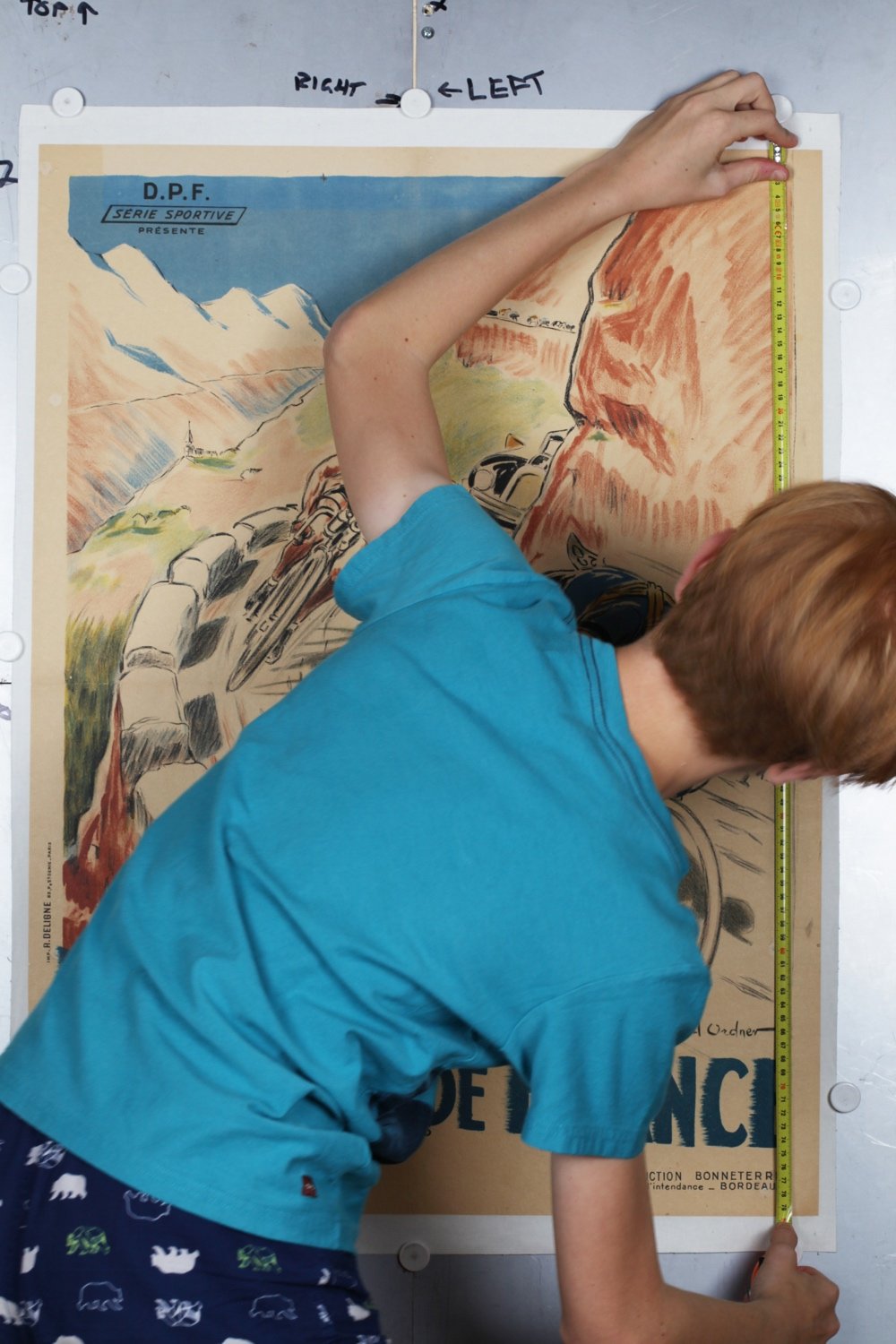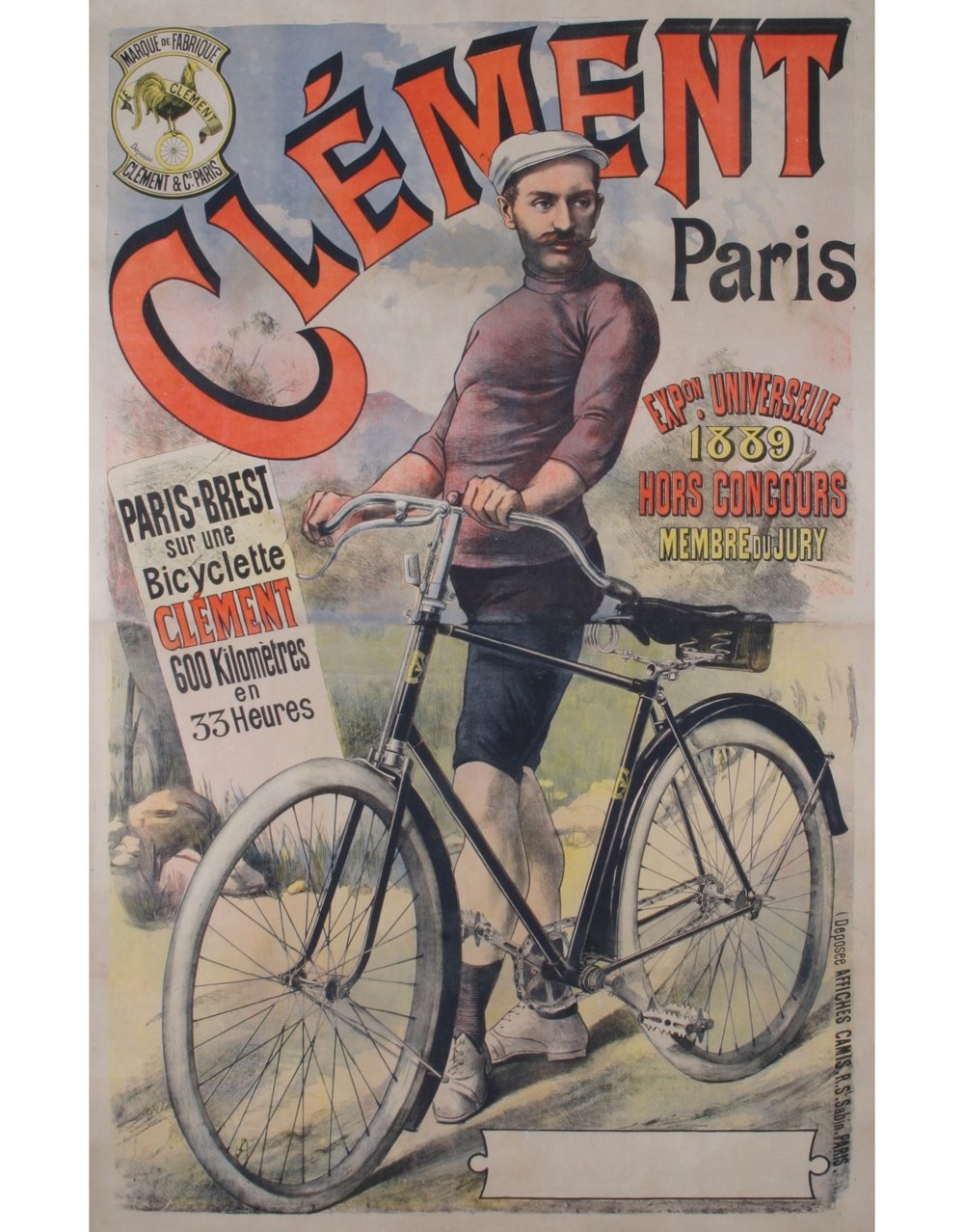Learning Studio Photography
The time it takes to shoot photos of objects in the studio usually runs into the hours to capture the perfect image. Why not take an okay shot and fix it in Photoshop? I want to continue to develop the skills to capture a variety of objects well, and that requires a lot of work to understand how lens selection, quality of light, and composition combined with camera settings all work together to get a great image.

Highly reflective objects remain difficult for me. I spent over four hours on this, and it still isn't how I want it to look. If you look closely, the card with gray trim is hot on the right side yet too dark on the left. I'm also not thrilled with the studio light reflections on the trophy's lower section sitting on top of the pedestal. The lights and visible black card drive me up the wall, but I'm leaving the image raw. There is a direct connection to this race, the winner, and me. This is Bradley Wiggins's trophy for winning the 2016 Gent 6-day race in Belgium. Brad let our family have the trophy. Hanging on the trophy are all of my access credentials from over the years. I first went to the Gent 6-day race when I was 12 weeks old in 2005. The Gent Velodrome is where I took my first steps one year later. I love Gent!

I am pleased with how I got the lighting set to pop the details of this beautiful trophy.

It was fun to shoot the Tour of California winner's trophy.

Peloton Magazine Cover

I'm hard at work setting up a poster shot. Everything I shoot is cataloged into our collection database. It is easier to measure the posters on the wall than a table. Also, when I step back from the image, I clearly see condition issues, and the identifying information is much easier to enter into the computer when all I need to do is raise my head to read the text.

I'm really happy with how this poster shot turned out. Large posters are challenging to shoot. The light has to be even over the entire poster without having any hot spots. The poster has to lie nearly perfectly flat on the wall since any ripples cause visible distortion in the final image. A poster this size, about seven feet tall, will often require more than an hour to capture the perfect image. Why not simply get an okay shot and fix it in Photoshop? I want to continue to develop the skills to shoot large format items correctly, and that requires a lot of work to understand how light bends, refracts, and distorts what we see.
Jersey Ensemble photographs are both exciting and tricky to execute. The fun part is choosing the specific jerseys and organizing them to tell an engaging visual story. The challenge is jersey materials have changed quite a bit over the last 100 years. Whereas vintage road jerseys were wool and track jerseys were silk, modern jerseys are primarily synthetic. Shot together, this creates all sorts of texture nuances and brightness variances. I’m still perfecting my approach, but what you see in this image is what came straight out of the camera. This particular photograph was created for an ad that ran in several issues of Peloton Magazine and picked up for feature articles in Bicycling South Africa and Bicycling Magazine (USA).
7-Eleven Jersey Ensemble.
This photograph displays a small sample of the race-worn jerseys we have collected over the years. Unlike the other ensemble photo that took nearly a day to get right, this photograph was assembled and shot in about an hour. While it has been enthusiastically received on social media, I keep seeing ways to improve this image, like dumping the jerseys in the upper left that have too much shine and are visually distracting.
The first U.S. based cycling program to animate the sport globally was the 7-Eleven Cycling Team. From its start in the early 1980s and riding mainly US domestic races, the team rose to become a playmaker on the world stage.

